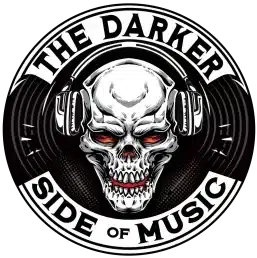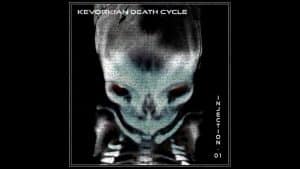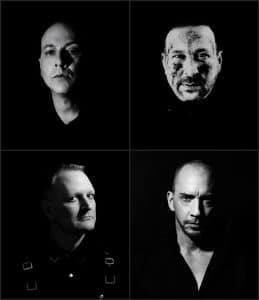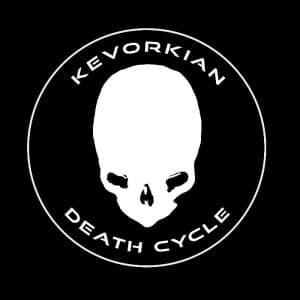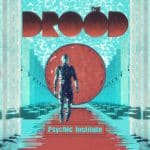Kevorkian Death Cycle
– Collection: Injection 01
Released: 15 July 2022
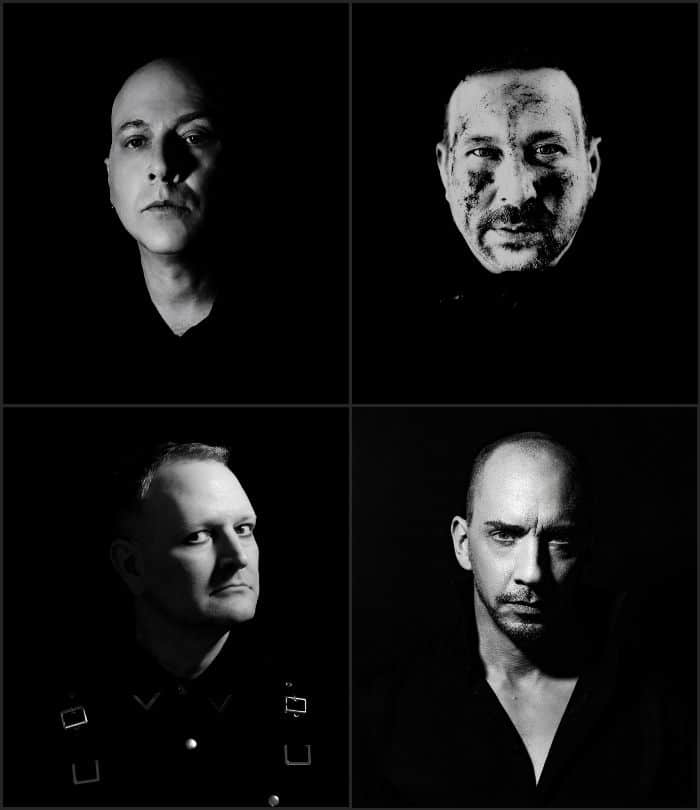
– Collection: Injection 01
The vocals are husky tones that add to the atmospherics of the tracks, and the synths add the element of suspense while the beats keep on full attack mode.
A good blend of fast-paced and slower tracks makes this an extremely enjoyable EP.
The beats will get even the most stagnant fans moving as any good thriller grabs you and takes you with it.
I do love this EP. It has all the elements that make this an excellent piece of industrial creativity.
It is good to have Kevorkian Death Cycle back.
THRILLING
[TABS_PRO id=19788]
[ump-visitor ]
Can you help us?
Here at Darker Side of Music, we aim to bring Artists to more people giving them as much exposure as possible. We also are independent and are in no way supported by any Label.
Artists today have struggled to keep their art going for a long time, especially in the genres that we love and try to help. We are also in the same boat. We fight to survive if you use our site in any way and feel you can help us with the high running costs. Please think about supporting us so we can continue to help those artists that give us incredible enjoyment from what they create.
We all have something in common our love of music.
Click below for more information and free membership.
[/ump-visitor]
